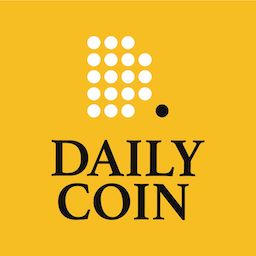Development on top of the scalable, interoperable, and secure Polkadot protocol is accelerating. In a spate of innovation, over 400 projects are already building out smart contracts, oracles, bridges, NFTs, DAOs, DEXs, and more, bringing defi solutions multi-chain on a network that only went live in May 2020.
Built using the Substrate framework, Polkadot’s sharded blockchain connects various Parachains into a single network, allowing them to exchange data securely and process transactions in parallel. Coordinated by a central Relay Chain, it utilizes a Nominated Proof-of-Stake (NPoS) consensus mechanism secured by native DOT tokens.
Parachains derive their security from that of the Relay Chain, significantly improving scalability, interoperability, and upgradability without forks, eliminating the bottlenecks of legacy blockchains, and connecting with external networks via bridges.
One of the projects at the forefront of this development boom is Acala Network, an Ethereum-compatible platform powering cross-blockchain liquidity and defi applications. The project is doing something right as they have already managed to get investment from a hue range of VCs and funds including Pantera, Digital Currency Group, Coin Fund and many more.
Although Acala is a Parachain providing Layer-1 infrastructure, the Acala team has also built out an entire application layer on top of the Parachain for developers to build their own dApps. Acala’s applications are built around a decentralized stable asset, offering end-user applications such as borrowing, lending, synthetic asset trading, and interest-earning, all executed extremely fast with inexpensive micro-gas fees.
It is fast becoming a financial hub for the rapidly expanding Polkadot ecosystem, leveraging its multi-chain network to provide key financial primitives including a multi-collateralized stablecoin (aUSD), which is pegged against the US dollar and backed by cross-chain assets like bitcoin, liquid staking, and a DEX.
With Accala, users can:
- Borrow aUSD, by locking up any assets compatible across the Polkadot Network
- Manage self services loans on the platform
- Earn interest on their aUSD holdings, by placing it in liquidity pools and liquidity mining
- Use the Acala digital exchange for assets compatible across the Polkadot network
- Have the ability to self govern if they are ACA holders










